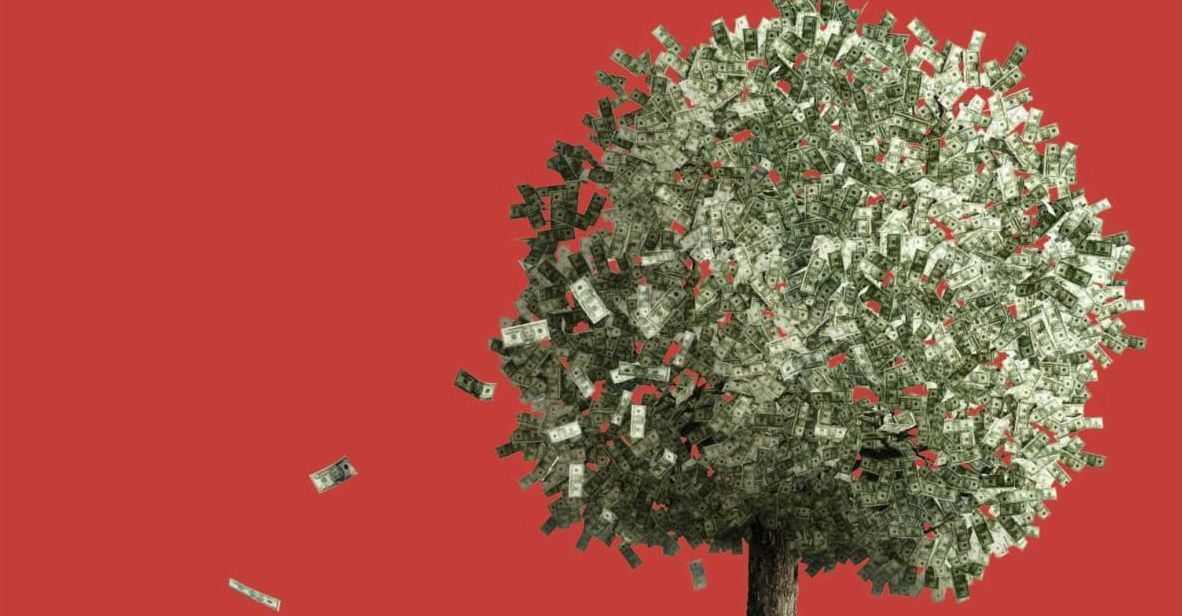The first chapter of Kevin Gannon’s new book Radical Hope: A Teaching Manifesto has an ominous title: ‘Classrooms of Death.’ As he proceeds to flesh out what the phrase means for teachers and students in contemporary higher education, the implications for the current situation of Australian universities become all too clear.
A historian and professor, Gannon borrows this chapter title from the nineteenth-century Danish philosopher Nikolai Frederik Severin Grundtvig, a critic of the reliance on antiquated subjects such as classical languages in European higher education. In contrast to what he deemed to be ‘dead learning,’ Grundtvig sought to create a ‘school for life’ capable of fostering a thoughtful and active citizenship. His vision revolved around access, as universities would not be merely available to the wealthy, but instead make space for students from a broader socioeconomic base. Fittingly, Grundtvig saw the school for life as a life-long institution, a place that would provide ongoing education rather than a fixed curriculum for students to discard after a few years of undergraduate study.
Turning contemporary university classrooms into schools for life encapsulates the ‘radical hope’ of the book’s title. Although the phrase itself is fairly vague, Gannon ties his pedagogical philosophy to a concrete orientation for educators:
A pedagogical praxis centered in radical hope is one that fosters openness and inclusivity, critical reflection, dialogue and conversation, and a commitment to making higher education accessible and meaningful for all of our students.
It is through this value-based pedagogy, Gannon argues, that teachers can work towards realising Grundtvig’s ideal. The rest of the book offers specific directions on what this work actually looks like, applied to topics such as syllabus design, classroom management and submission policies. Yet Gannon never loses site of the overarching ambition for ‘fundamental, root-level transformation,’ and the aspiration for that process to be ‘one in which a better future takes shape out of our students’ critical refusal to abide the limitations of the present.’ Thus, teaching with radical hope allows students to cast aside barriers and seek something better.
The current crisis and dire prospects for higher education in Australia could benefit greatly from Gannon’s perspective. In a piece for The Australian Financial Review published last May, UNSW vice-chancellor Ian Jacobs called for greater government funding for universities, but also suggested that in order to earn this funding they would have to prove their economic worth. Australia, he claimed, ‘needs to derive a much greater return’ from higher education, measured in ‘Australian jobs and economic value.’
If Gannon’s message is one of radical hope, Jacobs offers reactionary pessimism. Whereas Gannon seeks to make students active participants in their education, valuing student contribution to the classroom environment, Jacobs looks merely at the financial value to be extracted. In Jacobs’s worldview, the possibilities of the future become swamped by the economic imperatives of the present.
This orientation towards learning can only lead to a proliferation of dead classrooms: how can we provide students with schools for life within institutions run on the principle that education only has value so long as is it is profitable? Answering this question becomes the duty of individual teachers, many of whom have made heroic efforts over the past few months. Even still, their talents and passions remain circumscribed by environments that place profit ahead of thoughtful pedagogy.
This dichotomy has been deepened by the words and actions of Education Minister Dan Tehan, whose much-discussed education reform plan would lower the price of a number of vocational degrees and double the cost of humanities degrees. The government’s discussion paper makes its intentions clear. Although some funding for universities would be provided, access to it would rely on proof of the ‘development of industry-relevant course material’ and an ‘optimisation of course mix for local economies.’ The goal of education would become the moulding of students as optimised tools for the creation of profit.
Raising the cost of humanities education directly contradicts the ideals of both Grundtvig and Gannon. Grundtvig saw dead learning as symptomatic of an elitist attitude towards education, in which issues that actually mattered to people’s daily lives were subordinate to a curriculum that merely engrained tradition.Consistent with this approach, Gannon calls on teachers to assign authors that will engage students from a diverse range of backgrounds, and to be attentive to their different needs and situations. Under Tehan’s proposal, universities would become classrooms of death simply by being out of reach for too many.
While COVID-19 has given opponents of humanities education a pretext for these attacks, the attitudes underlying them long precede the pandemic. Radical Hope thereby arrives at an urgent moment in Australian higher education. As the world around us offers countless reasons to be terrified for the long-term wellbeing of universities, Gannon’s transformative vision is a welcome reminder of how radical and consequential education can be. Amidst the cheering on of the dying of learning by those with the power to crush it, we must assert the significance of schools for life.






